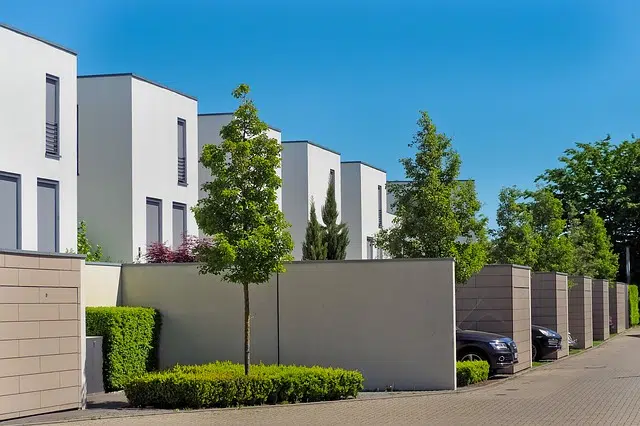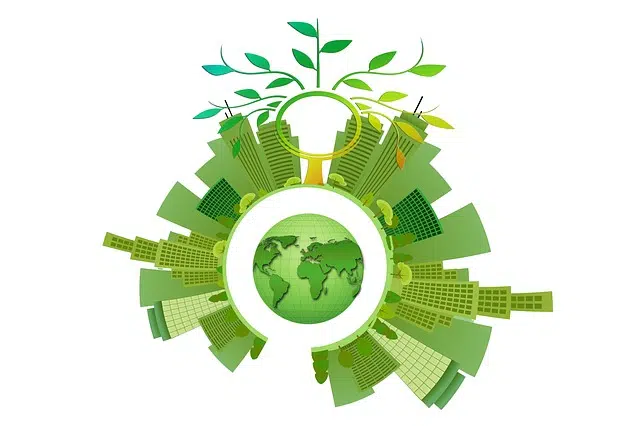
The group of buildings that are built on land that was until then unpopulated is called urbanization.
Urbanization is the action and effect of urbanizing and the urbanized residential core . The term is usually used to name the set of buildings built in an old rural environment.
When developing the urbanization of a piece of land , it is usually divided into several entities (polygons, blocks, plots, etc.) in order to build the homes and the necessary infrastructure. An urbanization requires electricity , drinking water , waste collection and transportation, among other basic services for its inhabitants.
The notion of urbanization varies depending on the country . The Spanish use the concept to name the residential areas that are located on the outskirts of urban centers. In Venezuela , on the other hand, urbanization is linked to planned urban development, with homes that share a similar structure.
Urbanization process and rate
The phenomenon of city development is known as the urbanization process . This process is carried out through the migration of people who reside in rural areas to urban areas in search of a better quality of life (which they hope to obtain thanks to the development of health and educational services), job opportunities, or leisure offers not available outside the city.
The urbanization rate , on the other hand, is an index that reflects the percentage relationship between city dwellers (i.e., the urban population) and the total number of inhabitants of a country. A high urbanization rate indicates a high level of development. Experts say that only in recent years has the global urbanization rate exceeded 50%, which means that more than half of the global population lives in cities.

An ecological urbanization aims to minimize the environmental footprint.
Sustainable architecture
The concept of ecological urbanization is linked to sustainable , sustainable, green, environmentally conscious or eco-architecture, some of the names given to the way of designing buildings with the priority being the use of nature's resources in such a way that Minimize the impact on the environment and the living beings that inhabit it.
Among the principles of this type of architecture are the following:
* It is essential to consider the climate and the different ecosystems of the place where you intend to build, with the aim of achieving the highest possible energy performance, with the minimum possible impact;
* seek an effective and moderate use of construction materials, always giving priority to those that have the lowest energy content;
* Minimize energy consumption for lighting, heating and cooling, among other services typical of an urbanization, taking advantage of renewable energy sources.
Growth of ecological urbanizations
In recent times, various ecological urbanization projects have been carried out in several countries, and they all agree on two primary objectives: using renewable energy and preserving biodiversity . In Peru, for example, there is the Colinas del Sur Ecological Urbanization, located in Lima, which covers 150 hectares and offers 200 homes, parks, a commercial area and an artificial lake; Likewise, it has a water supply system that allows its reuse for tasks such as irrigation and cleaning.
The different experiments that have taken place so far show that achieving a balance between nature and the construction of cities is possible. If all countries adopted these principles of respect and coexistence, the reward would be a cleaner and healthier world, and that would positively impact our bodies and minds. It is difficult to believe that today there are still people who do not value the importance of plants for our health , as well as for the rest of the animals; It is the latter who work tirelessly and without exception to maintain the cycle of life, and they have much to teach us.
